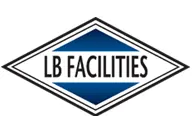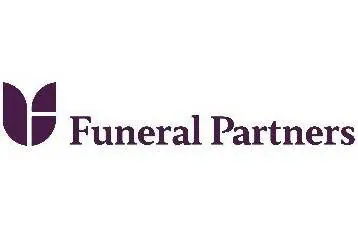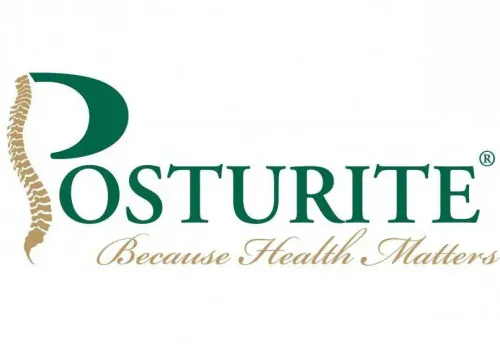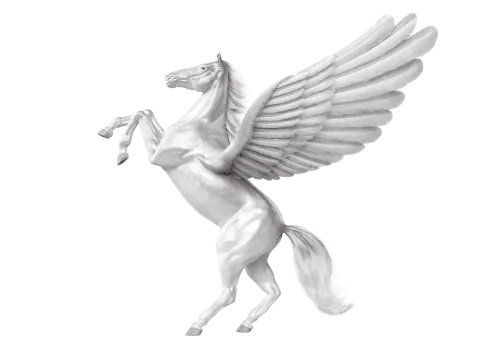Lines open Monday-Friday 8.30am till 5pm.
Or, use our contact form below and one of our team will contact you shortly:
Our Frequently Asked Questions (FAQs) section is designed to help you with your Fire Door queries, however, please feel free to contact us if you would like more detailed information or if your question is not listed.
A fire door typically has a label or marking on the top edge or frame indicating its fire-resistance rating. Additionally, it should have intumescent strips, smoke seals, and fire-rated hardware.
Fire doors are needed in areas where there is a need to compartmentalise the building to prevent the spread of fire and smoke, such as:
Fire doors are essential for:
Common causes of fire door failure include:
Yes, you can paint a fire door. However it is important not to paint over the intumescent strips, any certification labels and use appropriate fire-resistant paint to maintain its fire-retardant properties. Seek professional guidance before undertaking any painting works.
No, wedging a fire door open is unsafe and illegal. Fire doors must remain closed to be effective in containing fire and smoke. If you need to keep a fire door open, use an approved automatic door release system, ideally connected to the fire alarm.
FD30 fire doors are designed to withstand fire for 30 minutes, while FD60 fire doors are designed to withstand fire for 60 minutes. The main difference is the level of fire resistance, with FD60 providing longer protection.
Intumescent strips are crucial components that expand when exposed to heat, sealing gaps around the door to prevent the spread of fire and smoke. They ensure the door's integrity during a fire.
A fire door assembly includes the fire door itself, the frame, hinges, handles, intumescent strips, smoke seals, and any other hardware required to maintain its fire-resistance rating. All components must be correctly installed and maintained.
If you discover damage to a fire door, it is important to have it inspected and repaired by a qualified professional as soon as possible to ensure it remains effective in protecting against fire and smoke.
The information provided in the FAQ's section was correct at the time of writing. Although we always strive to keep this up to date, legislation/standards are frequently updated. This section should not be used as legal guidance and or reference.
If you have any questions which are not covered above, please get in touch, let us know and we will be happy to assist.




.webp)






.webp)
